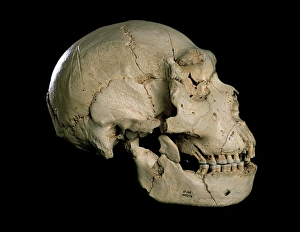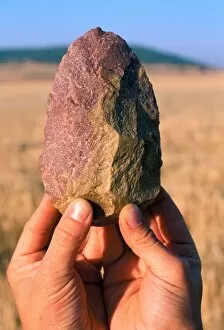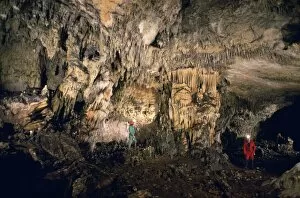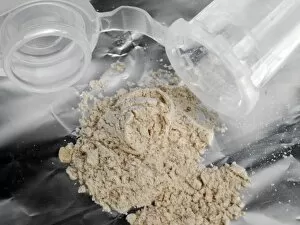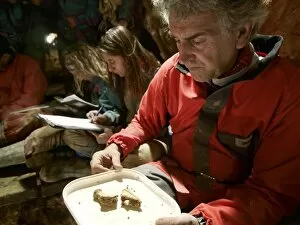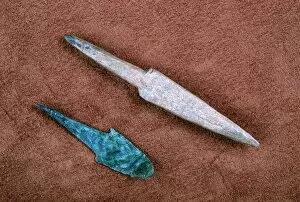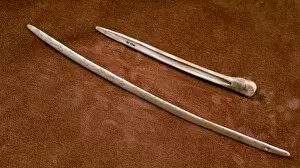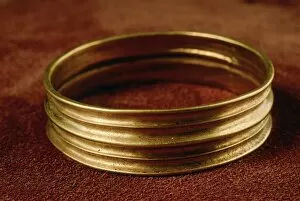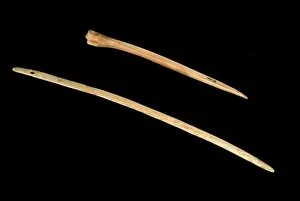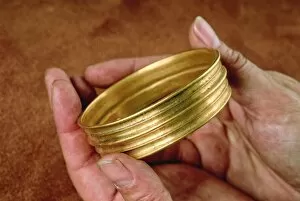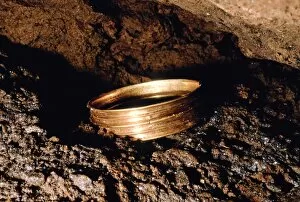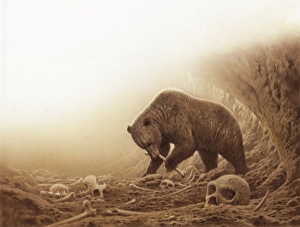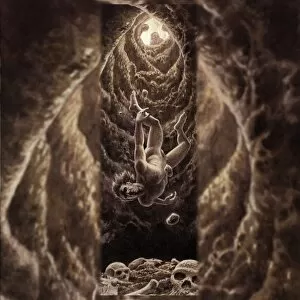Sierra De Atapuerca Collection
"Unveiling the Mysteries of Sierra de Atapuerca: A Journey into Our Ancient Past" Step back in time as we explore the fascinating Sierra de Atapuerca
All Professionally Made to Order for Quick Shipping
"Unveiling the Mysteries of Sierra de Atapuerca: A Journey into Our Ancient Past" Step back in time as we explore the fascinating Sierra de Atapuerca, a treasure trove of archaeological wonders. Among its remarkable findings is the Homo heidelbergensis skull (Cranium 5) C015/6921, providing invaluable insights into our human ancestors. Delving deeper into this enigmatic species, captivating artwork showcases the Homo heidelbergensis family, offering a glimpse into their daily lives and social dynamics. The intricate details bring these ancient beings to life before our eyes. Venturing further within the depths of Cueva Mayor cave during exploration (Atapuerca C018/9949), we uncover another astonishing revelation – fossil DNA extraction (C018/5398). Scientists painstakingly extract genetic material from remnants frozen in time, unlocking secrets that have remained dormant for millennia. The process continues with precision and dedication as fossil DNA extraction progresses (C018/5400). Each sample holds immense potential to unravel mysteries surrounding our evolutionary history and shed light on how we became who we are today. Excitement builds at Sima de los Huesos in Spain during extensive excavations (C018/5726). Here lies an extraordinary find - a Homo heidelbergensis thigh bone (C018/6378), adding another piece to the puzzle of human evolution. This discovery fuels even greater curiosity about our past. Returning to the laboratory, scientists resume their meticulous work with more fossil DNA extractions (C018/5399, C018/5402, C018/5405, C018/5410). These delicate procedures offer glimpses into ancestral lineages and connections between ancient populations across time and space. Once again venturing deep underground at Sima de los Huesos in Spain's heartland (C018 / 5727), archaeologists continue unearthing remnants that hold the key to understanding our shared heritage.

